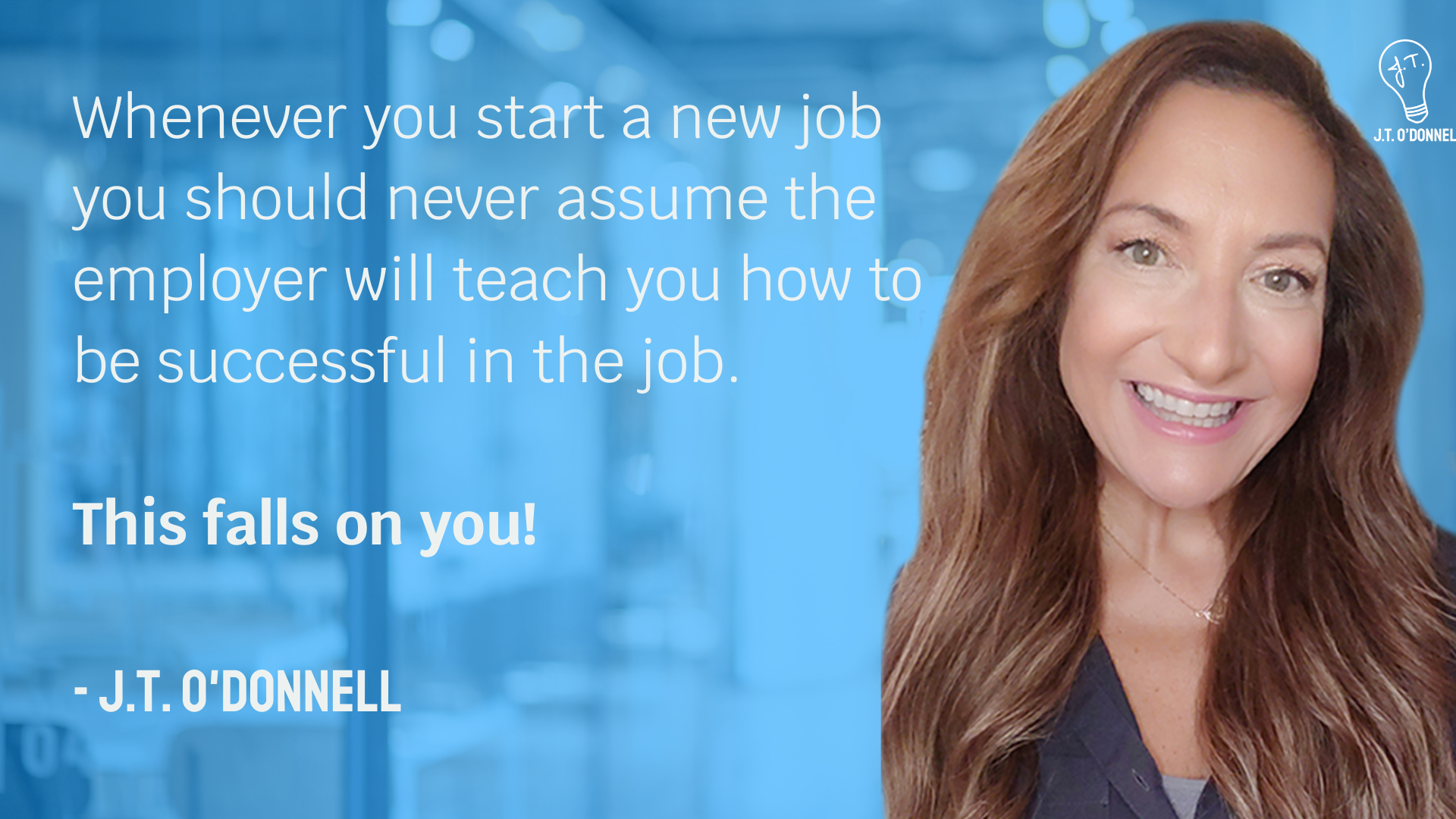When I browse LinkedIn I often see postings from remote workers who snap pictures of their “welcome packages” as they start new jobs from home. These pictures often include company-provided laptops, swag like T-shirts and coffee mugs, and some sort of welcome message.
It’s a real nice gesture that companies make to help welcome remote workers and make them feel connected to the workforce. It’s also a practice that’s a lot more common as COVID-19 has forced many businesses to go remote.
Some may see starting a new job from home as a challenge, but I see it as an opportunity. These remote workers will quickly learn the value of self-onboarding into their new positions, something that many in the traditional workforce struggle with.
But, it doesn’t matter if you’re a remote employee or a traditional one, employees must learn how to self-onboard themselves in the first 90 days or they could find themselves out of a job. Whenever you start a new job you should never assume the employer will teach you how to be successful in the job. This falls on you!
With this is mind, here are some things that all employees can do to successfully onboard themselves.
Establish Communication Protocols With The Boss
Your boss is a busy person that manages a lot of people, they can’t always put aside extra time to help the new employee and shouldn’t be expected to. However, if you can grab a meeting with your boss early in your first 90 days (either in-person or remotely) you can accomplish a lot.
This meeting with the boss is a good time to once again go over your job responsibilities and expectations, and clarify any lingering questions you may have. This is also an opportunity to share with your boss goals for growing your careers and some ideas on how to accomplish these goals. Not only does this show initiative, but it opens the door for them to provide you some feedback and guidance.
Most importantly, get a sense of what you’re boss’s communication style is. Are they the type of boss that wants to be updated on a daily or weekly basis? Some bosses just want to see the results. Whatever your boss’s style is, it’s important to figure it out because under-communicating and over-communicating are two things that can sink a new employee in their first 90 days.
Get To Know Your Coworkers
Your new coworkers don’t have to roll out the welcome mat for you. They’re already established and have their own jobs to worry about. It’s on you to figure out how to establish a good working relationship with them.
Make every effort to figure out each person’s roles and responsibilities, and how they intersect with your own job responsibilities. It’s essential to know the overall flow of the workplace and how you fit into it, otherwise you’re working blind.
Personalities in a workplace differ, and some people will be easier to connect with than others, but as long as you put in the effort you’ll likely win over enough coworkers to fit in.
In the case of remote workers, a little over-communication early in your time on the job isn’t a bad thing because it will take some extra effort to connect with your coworkers. Another thing remote workers can do is see if the company has a schedule of virtual social events for the workforce, and attend as many of those events as possible.
Managing Expectations
The reason I put establishing communication protocols with your boss and getting to know your coworkers as my first two points is because they directly lead into managing expectations.
If your excuse for missing a project deadline is because you had too much on your plate and weren’t sure of your priorities, you could get fired because this shows you have not made enough of an effort to understand your role in the workplace.
It’s absolutely essential to understand your job responsibilities and how they fit into the everyday workflow. When you establish good communication protocols with your boss and build working relationships with coworkers, you typically get the feedback you need and have a place to go to get your questions answered. This helps new employees manage their job expectations, and eliminates any possible misunderstandings.
NOTE: The one thing all three of these points have in common is that they require the new employee to take the initiative.
Don’t just sit around a wait for others to help you figure out your new role. You’re the one being paid to do a job, it’s up to you to put yourself in a position to deliver.
As I’ve said throughout this post, it’s up to all employees to realize this. But, the reason I referenced remote workers earlier is because I think we are in a unique time where the increase in remote positions is going to cause more workers to have a realization about the importance of self-onboarding, because those who fail to do it are going to drop from the remote workforce quickly.
I’m optimistic that workers will start putting more effort into self-onboarding and that the entire workforce will be better for it.
You Need A Job Before You Can Onboard Yourself
Are you finding the job search process a little overwhelming? Don’t worry, a lot of people do!
Luckily my company, Work It Daily, is focused on simplifying the process for all job seekers.
We cover everything you want to know about the process in our Virtual Job Search Summit. Join me and Work It Daily’s head career coach, Ariella Coombs, on Wednesday, Oct. 28th, 10 a.m. – 4:30 p.m. ET and learn everything you need to know about modern job search in real-time, for just $10!
This summit is a game-changer, and exactly what you need to give your job search the boost it needs. Sign up now!
Check out these great FREE resources.


